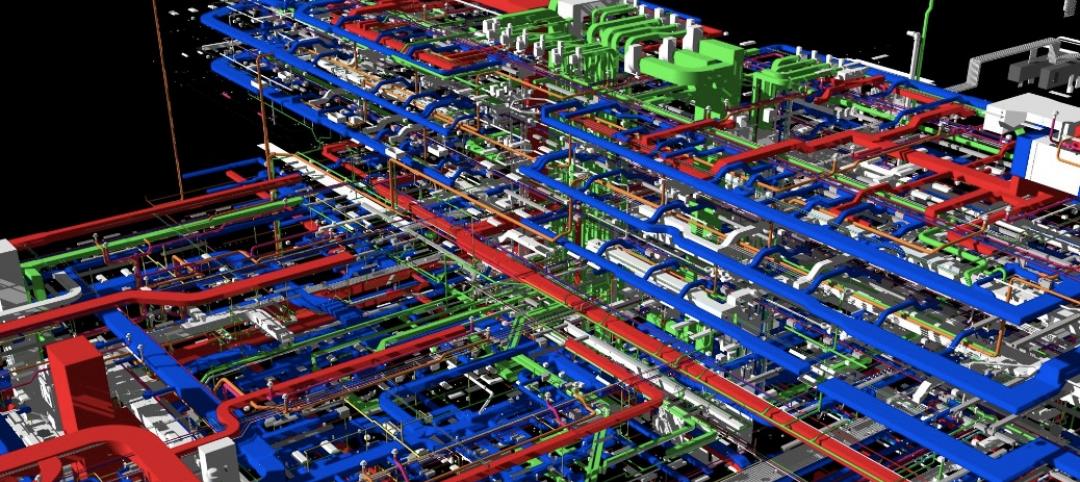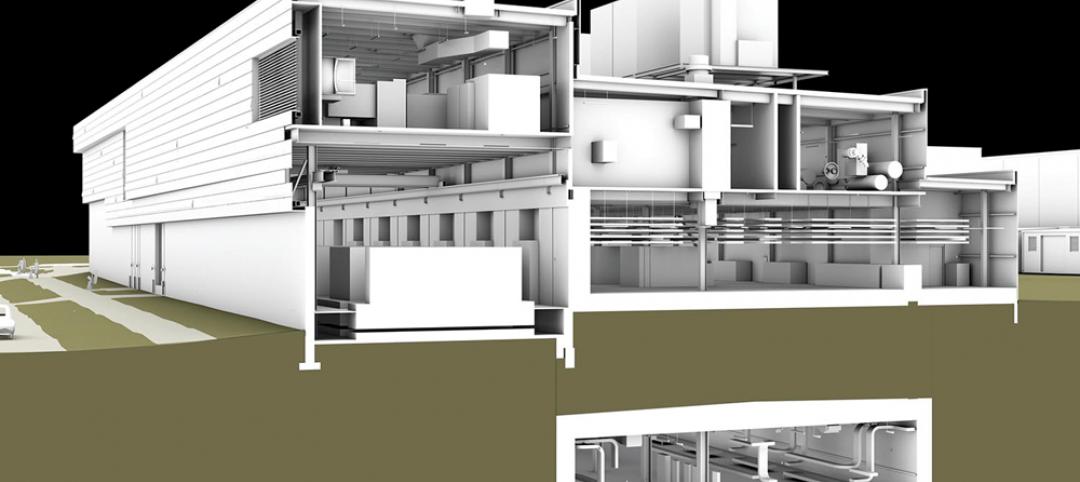The American Institute of Architects (AIA) has produced a report assessing the work of firms that are part of the AIA 2030 Commitment, a voluntary initiative to commit their practice to advancing the AIA’s goal of carbon-neutral buildings by the year 2030.
The key findings from the AIA 2030 2014 Progress Report include:
- 140 firms submitted reports – a 41% increase from 2013
- 2.4 billion gross square feet (GSF) represented in this data – a 50% increase YoY
- 4,354 projects have been accounted for in this report – a 78% increase
- 413 design projects are meeting the 60% carbon reduction target – a 3% increase
- 197 net-zero energy projects – a 270% increase
- 22% average firm reduction in Lighting Power Density for interior projects – a increase of 3%
- 34% average Predicted Energy Use Intensity reduction reported by firms – a decrease of 3%
- 11% of total GSF meeting the current 60% carbon reduction target – an increase of 4%
- 53% of total GSF using energy modeling to predict operational energy consumption – a 13% decrease
In order to make data reporting easier the AIA partnered with the Department of Energy to create the AIA 2030 Design Data Exchange (DDx), an online monitoring, reporting and research tool for architecture firms. See user feedback and access the tool here.
The AIA has also partnered with Architecture 2030 and AIA Seattle to launch an educational program aimed at providing AIA members and other design professionals with the high-performance building knowledge necessary to meet the 2030 Challenge targets.
Related Stories
| Jul 22, 2013
International Report [2013 Giants 300 Report]
Building Design+Construction's rankings of design and construction firms with the most revenue from international projects, as reported in the 2013 Giants 300 Report.
| Jul 19, 2013
Top BIM Construction Firms [2013 Giants 300 Report]
Turner, Clark Group, DPR top Building Design+Construction's 2013 ranking of the contractors and construction management firms with the most revenue from BIM-driven projects.
| Jul 19, 2013
Top BIM Engineering Firms [2013 Giants 300 Report]
Jacobs, URS, SAIC top Building Design+Construction's 2013 ranking of the engineering and engineering/architecture firms with the most revenue from BIM-driven projects.
| Jul 19, 2013
Top BIM Architecture Firms [2013 Giants 300 Report]
Gensler, HOK, HDR top Building Design+Construction's 2013 ranking of the architecture and architecture/engineering firms with the most revenue from BIM-driven projects.
| Jul 19, 2013
BIM 2.0: AEC firms share their vision for the great leap forward in BIM/VDC implementation [2013 Giants 300 Report]
We reached out to dozens of AEC firms that made our annual BIM Giants lists and asked one simple question: What does BIM 2.0 look like to you? Here’s what they had to offer.
| Jul 19, 2013
Reconstruction Sector Construction Firms [2013 Giants 300 Report]
Structure Tone, DPR, Gilbane top Building Design+Construction's 2013 ranking of the largest reconstruction contractor and construction management firms in the U.S.
| Jul 19, 2013
Reconstruction Sector Engineering Firms [2013 Giants 300 Report]
URS, STV, Wiss Janney Elstner top Building Design+Construction's 2013 ranking of the largest reconstruction engineering and engineering/architecture firms in the U.S.
| Jul 19, 2013
Reconstruction Sector Architecture Firms [2013 Giants 300 Report]
Stantec, HOK, HDR top Building Design+Construction's 2013 ranking of the largest reconstruction architecture and architecture/engineering firms in the U.S.
| Jul 19, 2013
Best in brick: 7 stunning building façades made with brick [slideshow]
The Brick Industry Association named the winners of its 2013 Brick in Architecture Awards. Here are seven winning projects that caught our eye.
| Jul 19, 2013
Construction lags other sectors, but momentum is building: JLL report
Although the construction recovery continues to lag other sectors as well as the overall U.S. economy, the industry is finally seeing a rebound. Commercial real estate giant Jones Lang LaSalle recently released its Summer 2013 Construction Highlights report, which found that there are some sectors (such as energy and high-tech) driving demand for construction, while a few major cities are starting to record increased levels of speculative office building developments.













